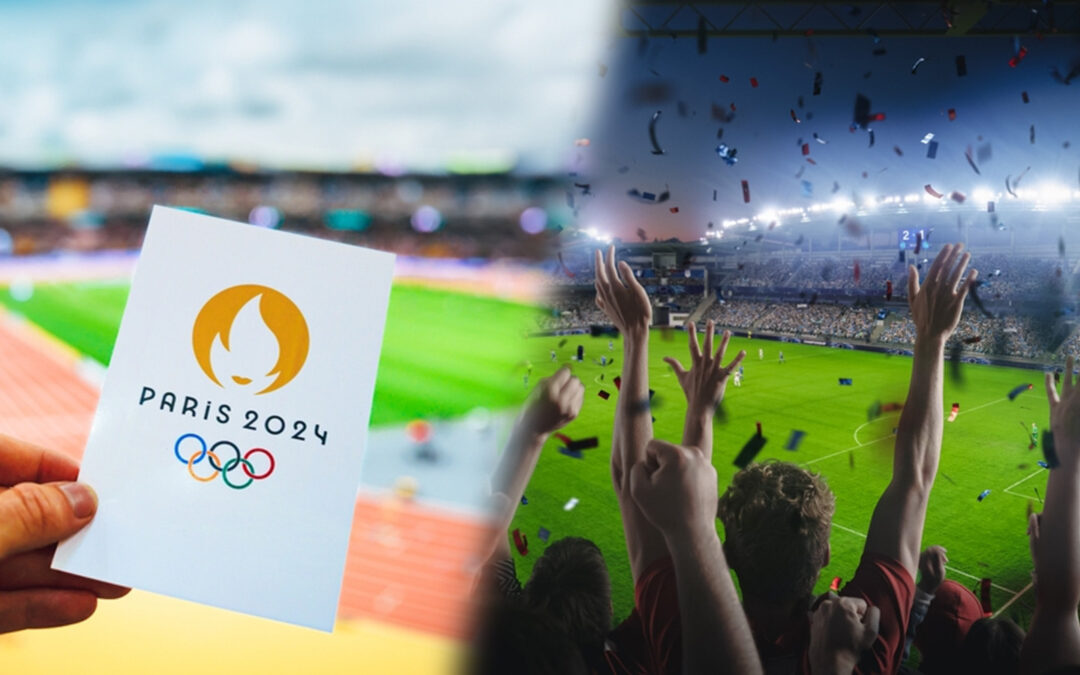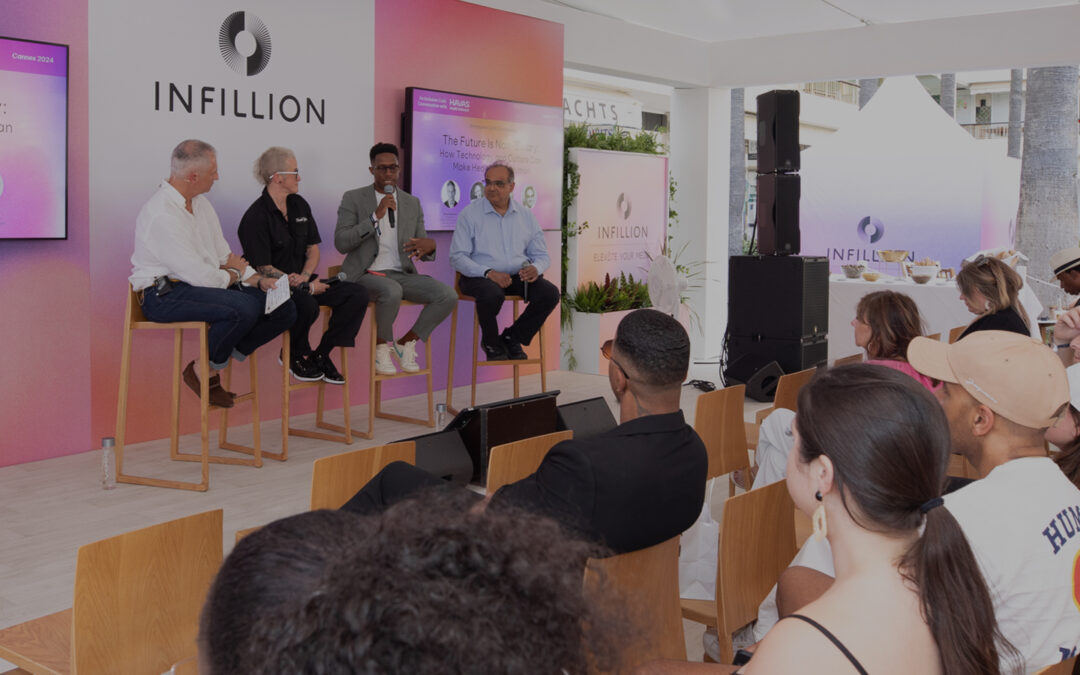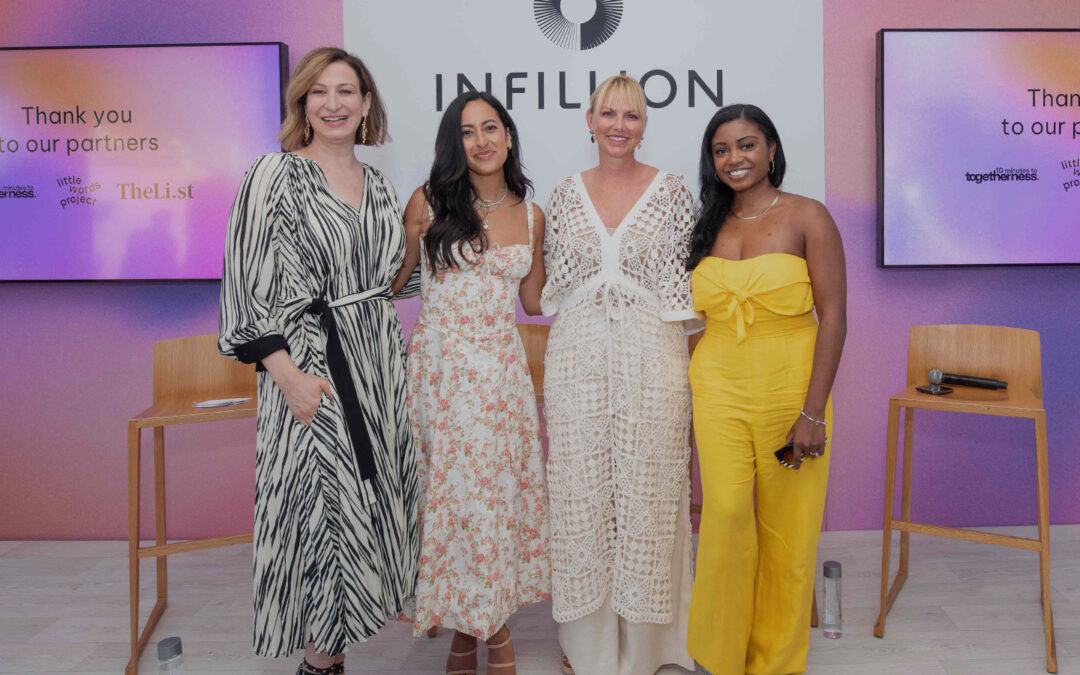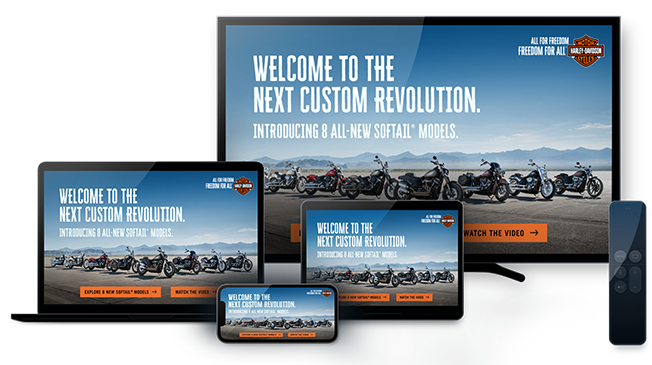5 Surprising Facts About Attention and Advertising

This month on the Infillion blog, our team is exploring the concept of attention – something that the advertising industry is constantly talking about, that we all agree is important, and yet we’re still struggling to capture. Throughout October, we’ll be sharing creative deep-dives, research and insights, and future-forward strategies for maximizing consumer attention, so make sure you follow us on LinkedIn to know when the next post drops.
We’re starting off by sharing some of the insights that get our team thinking – some fresh knowledge about attention and advertising. Here are five facts that have hooked us lately.
1. A lot more ads are trying to get our attention than we think.
“How many ads do you think you see each day?” is a fun question we at Infillion like to ask our clients and partners. As it turns out, we’re exposed to anywhere between 4,000 to 10,000 ads per day according to clinical tests. Ron Marshall, founder of agency Red Crow Marketing, wrote that he thought the number sounded ridiculous but then started actually counting ads one day – and admitted he had counted almost 500 brand messages before he’d even finished eating breakfast.
Like Marshall, most of us probably don’t think we see that many ads. That’s because we’ve become accustomed to tuning them out. Our attention is scarce, and a lot of brands are competing for it.
2. Interactivity can help marketers keep consumers’ attention for longer.
In a study from IPG Media Lab, MAGNA, and Yahoo found that consumers spend 49% more time with an online ad when it has interactive components. Whether they’re already familiar with a brand or not, interactivity in the form of anything from a product carousel to a quiz can get consumers to stick around for considerably longer with an ad, maximizing their ability to learn about the brand and start considering a purchase.
But effective interactive ads need clear calls to action to pull in that coveted attention. Here’s why: The same study found that among consumers who opted to not interact with an interactive ad, the majority – 54% – said it’s because they simply didn’t know the ad was interactive.
3. Realizing that attention is scarce – and adapting to it – can help drive profits.
Research from Cornell revealed that if a retailer incorporates one-click checkout, that consumers increase their spending at that retailer by an average of 28.5%. In other words, shortening the path to purchase takes advantage of fleeting consumer attention by ensuring that the consumer doesn’t get distracted by something else before making a purchase.
This underscores the effectiveness of shoppable ads like Infillion’s ShopX, where add-to-cart features directly within ad creative can shorten the path to purchase.
4. Playing a game can keep consumers’ attention for longer.
“Gamification” has been a marketing tactic (and buzzword) ever since geolocation “check-in” apps like Foursquare and Gowalla became brand favorites back in the late 2000s. But the idea of earning and being rewarded goes back much further in the world of marketing. Think about just how competitive frequent flyers get about miles, branded credit cards, and status tiers. That’s because when gamification is done well, it works – the natural human impulse to compete is a strong one. Even in unexpected sectors like the HR department at work. Research from eLearning Industry shows that when companies effectively incorporate gamification into their employee training and engagement processes, employee engagement increases by 60% and motivation by 83%.
This extends to ads, too. When Infillion built an interactive streaming video ad for Kraft’s Lunchables brand – which you can hear more about in our eMarketer Tech Talk from earlier this year – viewers didn’t just complete the game. The average user played it twice.
5. Repetitive ads might get attention – but not in a good way.
Research has found that a consumer who sees the same ad between six and ten times is 4.5% less likely to purchase the product in that ad than a consumer who sees it between two and five times. In other news, yes, that ad got their attention. But that attention quickly turned negative when they saw it too many times.
Here, again, is where interactivity can be the solution. As we shared above, consumers spend 49% more time with interactive ads than with standard video ads. They also like a clear path to purchase, and maybe even some fun and playful twists in that interactivity. With an “advertise smarter, not harder” approach, brands can seize upon those elusive pockets of attention – and make a real difference in a consumer’s path to purchase.
Want to learn the secrets to maximizing attention within an ad? Infillion’s Creative Studio is ready to share. Check out Infillion’s Creative Showcase here, and reach out to us to set up a meeting!
Subscribe to our blog:
Related Posts:

What Live Sports Strategy Is Best For Your Brand?
As summer heats up, the world's eyes turn to Paris. The city has prepared an array of stadiums, arenas, and outdoor venues for 32 unique sporting events to host the 2024 Olympics Games – and that’s just the beginning. Especially if you’re in advertising. For the first...

The Future Is Non-Binary: How Technology and Culture Can Make Health More Human
As our conceptions of identity and gender evolve, so too does the dialogue around health and healthcare. But right now, that dialogue is not moving fast enough. “Healthcare is not keeping pace with societal changes,” pulmonary critical care physician Cedric “Jamie”...

Why Addressing Loneliness Is Crucial for Women’s Success in the Workplace
Loneliness and isolation have become prevalent issues in the workplace, affecting 80% of women -- especially those under 35 and women of color – according to research from women’s leadership group TheLi.st in partnership with creative agency Berlin Cameron. This...
Let's Connect
We can help you create the personalized ad experiences viewers expect.

